When we consider the logistics of transporting dairy products, one question arises: how vital is a reliable small milk tanker for sale in Libya? In the current economic landscape, where dairy farming is a critical sector, ensuring that milk reaches the market swiftly and efficiently can greatly enhance profitability. Herein, we delve into the specifications, advantages, and considerations surrounding small milk tankers, particularly in the Libyan context, thus arming you with the knowledge to make an informed purchase.
Why Choose a Small Milk Tanker?
The choice between various transport options often boils down to specific needs and functionalities. Small milk tankers perfectly strike a balance between capacity management and maneuverability. They are essential for dairy farmers and distributors wishing to maintain high standards of milk quality during transport. Here are key factors reflecting why investing in a small milk tanker is prudent:
| Advantages | Benefits |
|---|---|
| Capacity | Suitable for small to medium-scale operations. |
| Efficiency | Quick loading and unloading times reduce milk spoilage. |
| Quality Maintenance | Insulated, stainless steel interiors prevent contamination. |
| Flexibility | Ideal for urban areas with narrower roads. |
| Cost-Effective | Lower purchase and maintenance costs than larger models. |
Innovative Features of Small Milk Tankers
Modern small milk tankers are equipped with advanced features that enhance their functionality. These innovations not only streamline operations but also ensure adherence to health and safety regulations. Consider the following key features:
Thermal Insulation: This ensures that milk is kept at optimal temperatures, minimizing bacterial growth.
Cleaning Systems: Most small tankers come with integrated cleaning systems that allow for easy sanitation after each use, reducing downtime.
Monitoring Sensors: Real-time tracking devices can monitor the quality and quantity of milk, providing data for better logistical decisions.
Robust Construction: Built using high-grade materials, they are designed to withstand the rigors of transport while maintaining hygiene.

Understanding the Market for Small Milk Tankers in Libya
Libya, with its burgeoning dairy industry, represents a significant market for small milk tankers. The country is experiencing a shift in its agricultural dynamics, necessitating enhanced logistics solutions. Here are some considerations buyers should account for within the Libyan market:
Increasing Demand: Recent data indicates a growing demand for dairy products, driven by both local consumption and potential exports.
Regulatory Environment: Familiarize yourself with the regulations governing food transport to ensure compliance when transporting milk.
Regional Variations: Assess the transport infrastructure in different Libyan regions to ascertain the most suitable tanker specifications.
Financing Your Purchase
When it comes to acquiring a small milk tanker, understanding your financial options is essential. Here’s a breakdown of possible financing avenues:
| Financing Option | Pros | Cons |
|---|---|---|
| Outright Purchase | Full ownership, long-term investment | Requires substantial capital upfront |
| Loans | Spread payments over time, maintain liquidity | Interest payments increase total cost |
| Leasing | Lower initial costs, flexibility in upgrades | No asset ownership at lease end |
| Government Grants/Subsidies | Financial assistance, promotes local agriculture | Typically has specific eligibility criteria |
Operating a Small Milk Tanker in Libya

Key Operational Considerations
Operating a small milk tanker in Libya involves more than just the physical machinery. It entails strategic planning regarding routes, maintenance, and best practices:
Route Optimization: Utilize modern mapping software to identify the quickest, most efficient routes to reduce delivery times.
Routine Maintenance: A preventative maintenance schedule helps in early detection of issues, prolonging the tanker’s lifecycle.
Training Personnel: Proper training for drivers is crucial, not only for operational efficiency but also concerning health regulations.
Best Practices for Dairy Transport
To ensure the integrity of milk during transport, consider these best practices:
Frequent Temperature Checks: Consistently monitor the internal temperature of the tanker to prevent spoilage.
Secure Loading: Adequately secure milk containers to avoid movement during transport, which can cause damage.
Regular Cleaning Protocols: Establish a cleaning routine post-delivery to maintain hygiene.
Maintain Documentation: Keep records of every transport operation, including load temperatures and cleaning schedules.
Conclusion: A Wise Investment
Investing in a small milk tanker for sale in Libya is not merely a logistical necessity; it’s a strategic move to capitalize on a growing market. With their size, efficiency, and advanced features, small milk tankers emerge as an optimal solution for both dairy farmers and distributors aiming to streamline their operations and maximize profits. By leveraging these insights, you can make an informed decision that aligns with your business goals.

FAQs
1. What capacity should I look for in a small milk tanker?
Capacity often depends on your specific needs, but typically, a small milk tanker ranges from 1,000 to 5,000 liters.
2. How do I ensure compliance with health regulations during transport?
Regularly review local health regulations and ensure that your tanker features proper insulation and cleaning systems.
3. Are there financing options available for purchasing a small milk tanker?
Yes, buyers can consider outright purchases, loans, leasing options, or even government grants.
4. What maintenance is required for a small milk tanker?
Routine checks on seals, insulation, and hygiene practices are vital to maintaining the quality and safety of milk transported.


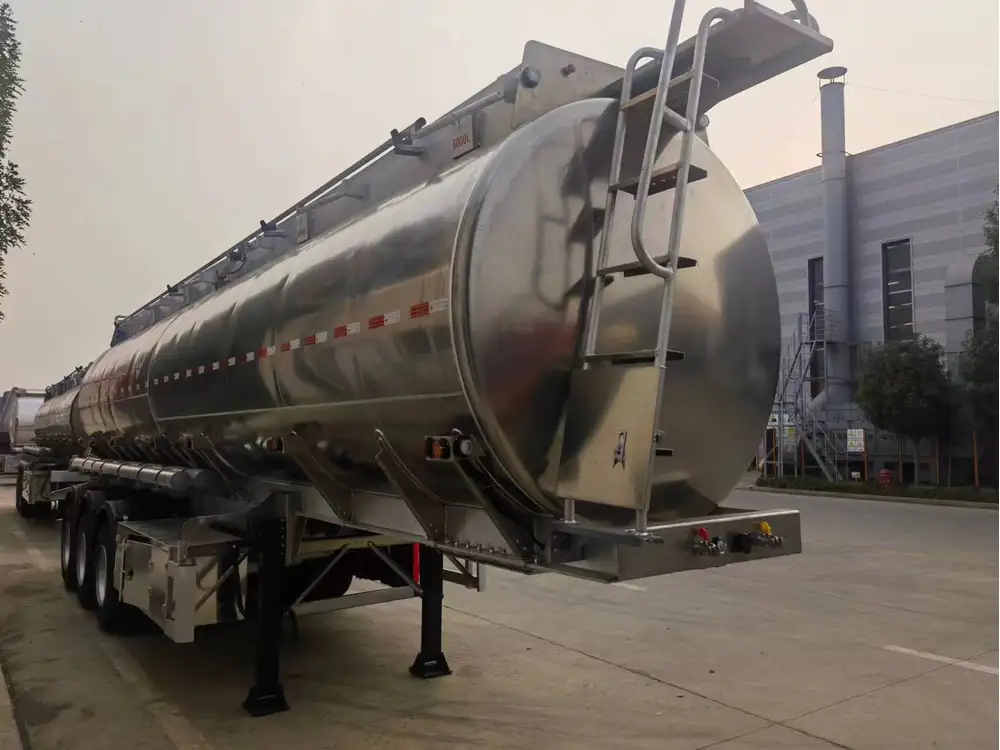
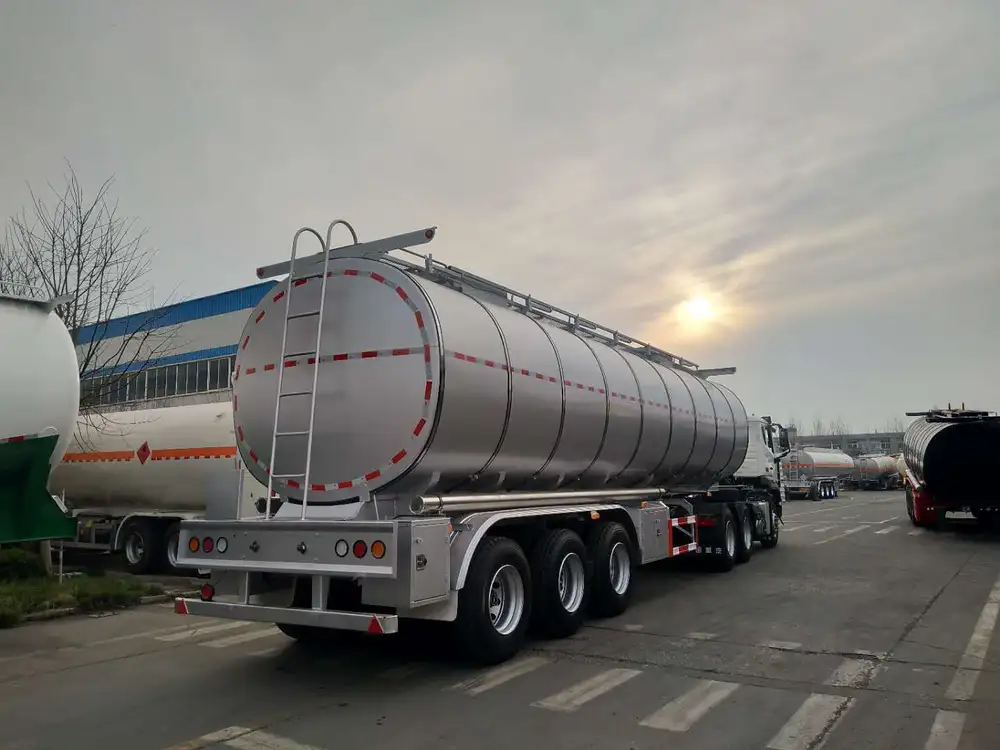
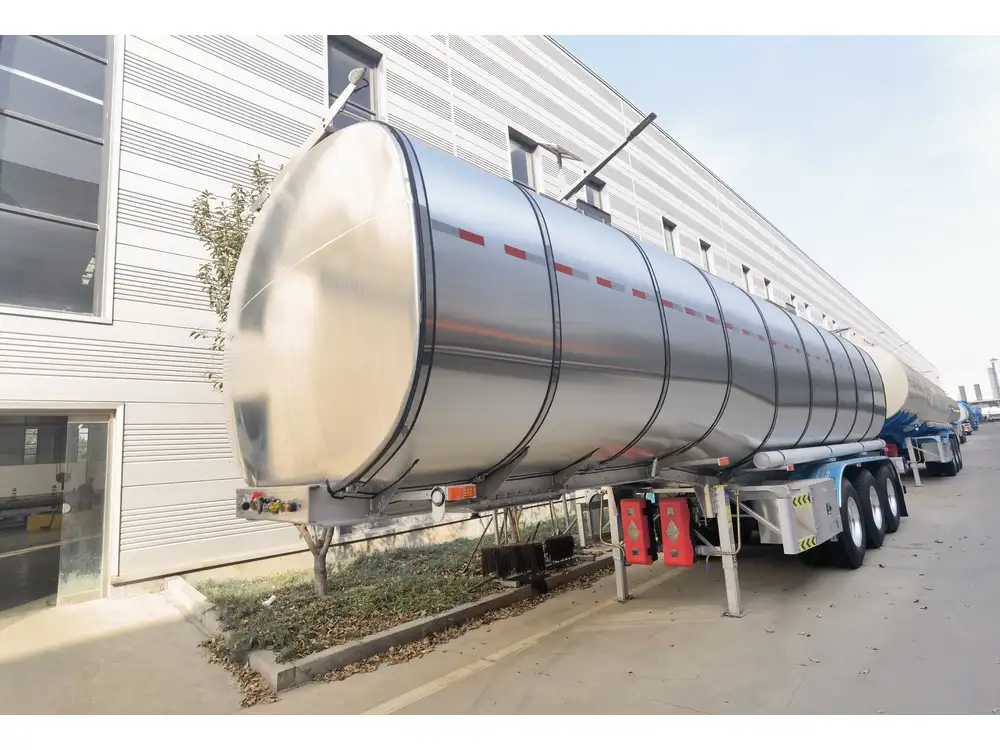
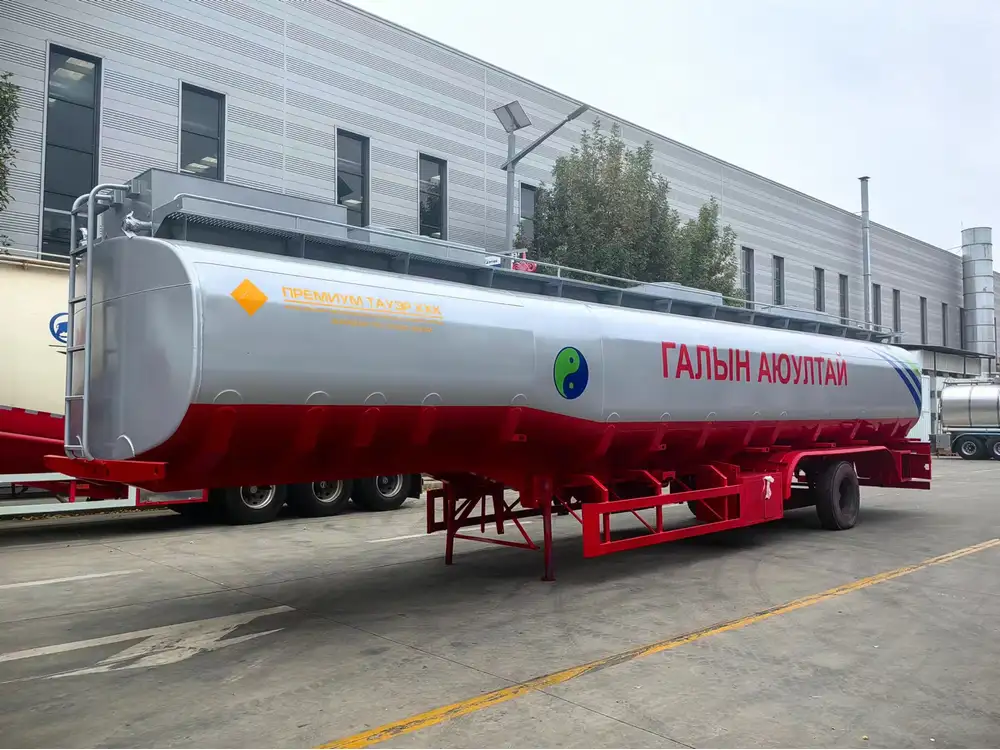

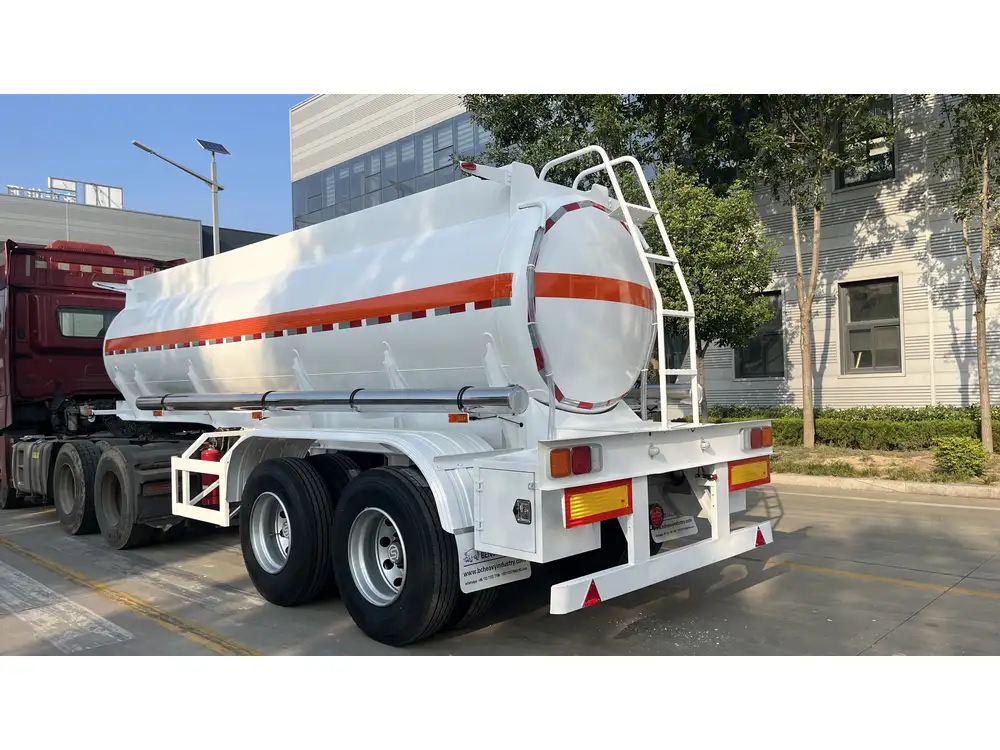


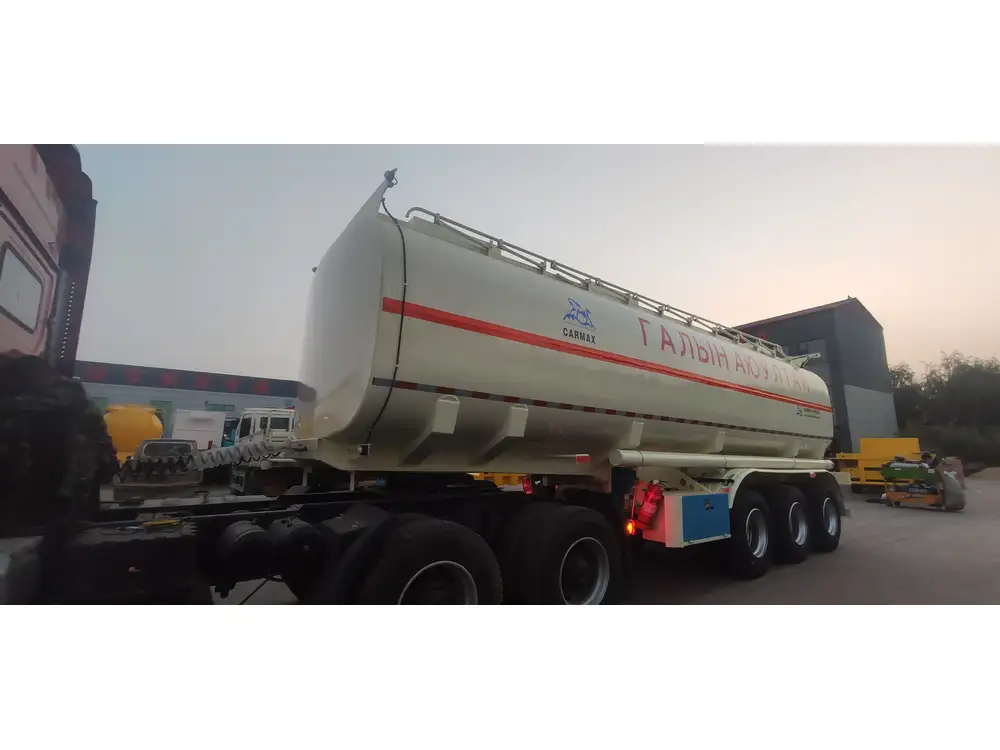


Reviews
There are no reviews yet.